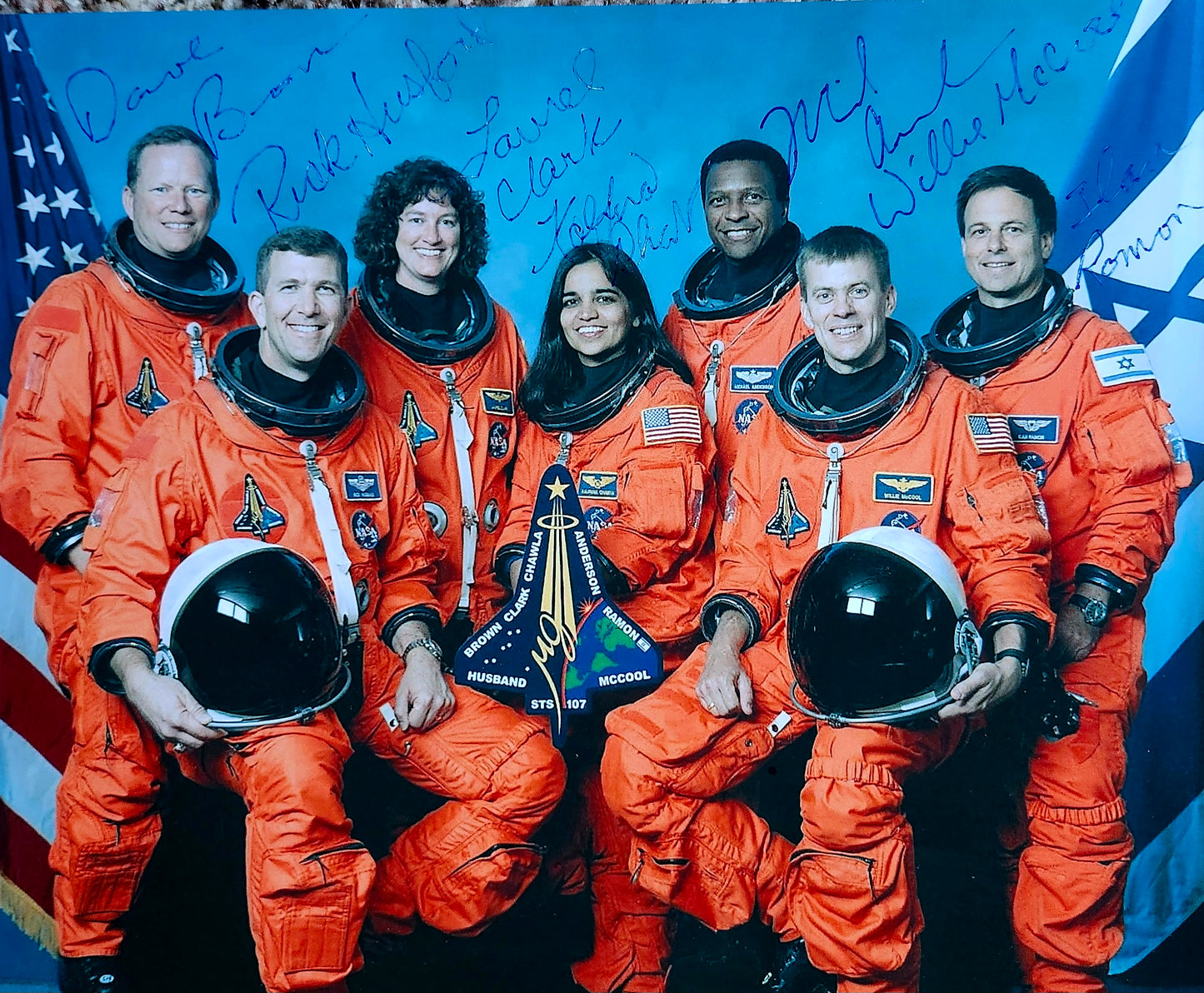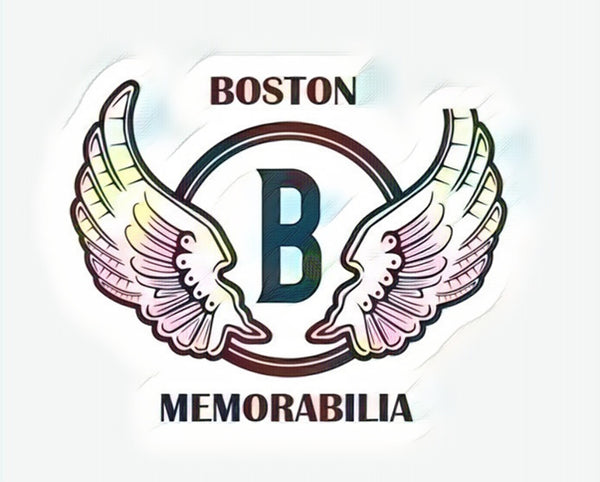SPACE SHUTTLE COLUMBIA Crew Signed Autographed Photo COA Hologram
SPACE SHUTTLE COLUMBIA Crew Signed Autographed Photo COA Hologram
Couldn't load pickup availability
Space shuttle Columbia crew signed photo blue marker. Complete with numbered certificate document and hologram noting signature date and location.
Space Shuttle Columbia Disaster: A Tragedy That Changed Space Exploration
Imagine a streak of light, a hero's return. Instead, silence and then, heartbreak. The Space Shuttle Columbia mission STS-107 aimed for science and discovery. February 1, 2003, became a day of mourning. The Columbia disaster wasn't just an accident. It was a turning point. Safety measures changed. The Space Shuttle program's future shifted.
The Mission: STS-107 and Its Goals
STS-107 was more than a flight. It was a research lab in orbit. Scientists from around the world had experiments onboard. Columbia focused on life sciences, material science, and advanced technology.
Crew and Objectives
Seven brave astronauts comprised the STS-107 crew. Each person brought unique skills. Commander Rick Husband led the team. Pilot William McCool was second in command. Mission specialists included Michael Anderson, Kalpana Chawla, David Brown, Laurel Clark, and Israeli astronaut Ilan Ramon. They ran experiments. They observed how space affected different materials and organisms. The main goal? To expand knowledge.
The Launch and Initial Days in Orbit
Lift-off happened on January 16, 2003. Columbia soared into the sky. For sixteen days, the crew worked non-stop. They ran tests. They collected data. It looked like a typical mission at first.
The Incident: Damage During Launch
Disaster started during launch. A piece of foam broke off the external tank. It struck Columbia's left wing.
Foam Strike on Ascent
Seventy three seconds after launch, the foam hit. Engineers saw the impact on video. At first, they thought it was no big deal. Foam strikes had happened before. The location on the left wing concerned some experts, though.
Limited Imagery and Analysis
Engineers asked for clearer images of the damage. Managers declined the request. They believed there was nothing they could do, even if damage existed. This decision would prove fatal.
The Catastrophe: Re-entry and Disintegration
February 1, 2003. Columbia started its return to Earth. The damage to the wing changed everything. Superheated gas entered the shuttle during re-entry.
Final Moments of Columbia
At 7:53 a.m. EST, sensors started failing. Temperatures inside the left wing rose quickly. Then, at 7:58 a.m. EST, the shuttle began to break apart over Texas. Communication was lost. The crew was gone.
Debris Field and Search Efforts
Debris rained down across Texas and Louisiana. It covered a vast area. Search teams worked for months. They recovered about 40% of Columbia. This included crew remains. The effort helped piece together what happened.
The Investigation: Uncovering the Truth
After the disaster, an investigation began. The Columbia Accident Investigation Board (CAIB) formed to find answers. What went wrong? How could it be prevented?
Columbia Accident Investigation Board (CAIB)
The CAIB had a tough job. It needed to find facts. They reviewed data, interviewed people, and ran tests. The goal? To understand every detail about the tragedy.
Root Cause Analysis: Foam Strike and Organizational Issues
The CAIB discovered the foam strike caused the damage. It breached the thermal protection system on the wing. Hot gases entered during re-entry. However, they also found deeper issues. NASA had organizational problems. A culture of silence prevented safety concerns from being heard.
The Aftermath: Changes and Legacy
The Columbia disaster changed NASA. Safety became the top priority. The Space Shuttle program's future came into question.
Changes to NASA's Safety Protocols
NASA implemented changes. They improved inspection methods. A repair system for in-orbit damage was developed. Communication channels were opened. This made it easier to raise concerns.
The End of the Space Shuttle Program
In 2011, the Space Shuttle program ended. It was a difficult decision. Columbia played a role in this. The focus shifted towards new space exploration methods.
Lessons Learned and Future of Space Travel
Columbia taught tough lessons. Safety needs constant attention. Open communication is essential. As we explore space, we must remember those lessons. Future missions can honor the Columbia crew by prioritizing safety.
New protocols
The Space Shuttle Columbia disaster remains a stark reminder of the risks of space exploration. The tragedy changed NASA. New safety protocols were implemented. The Space Shuttle program eventually ended. The legacy of the Columbia crew endures. Their sacrifice inspires us to explore space more safely.
All of our Certificates of Authenticity ( COA ) state the location and date of where the autograph/signature was obtained. We are the only dealer as far as we know that provides this information with every item! In the hobby of memorabilia, this is very important.Share


